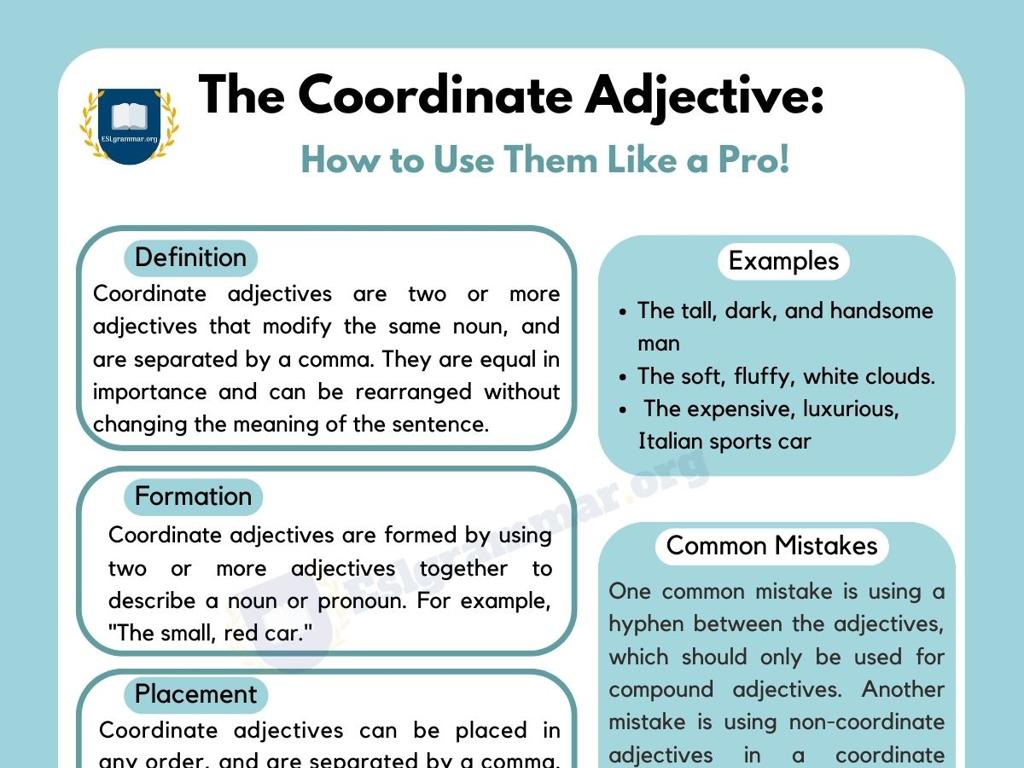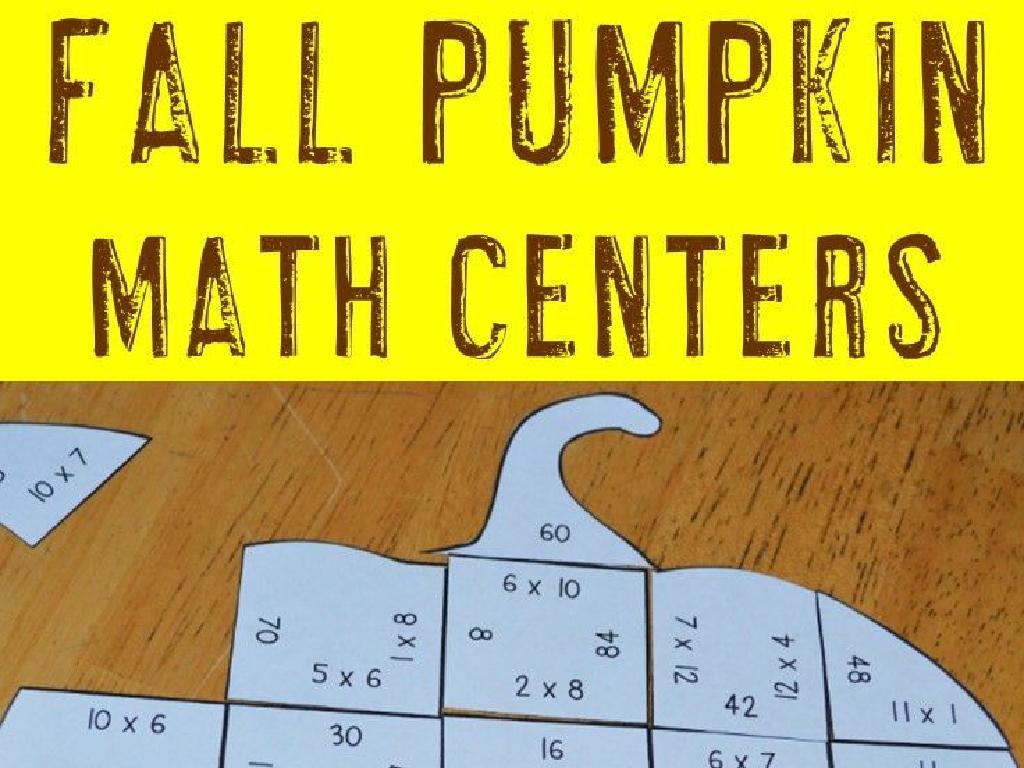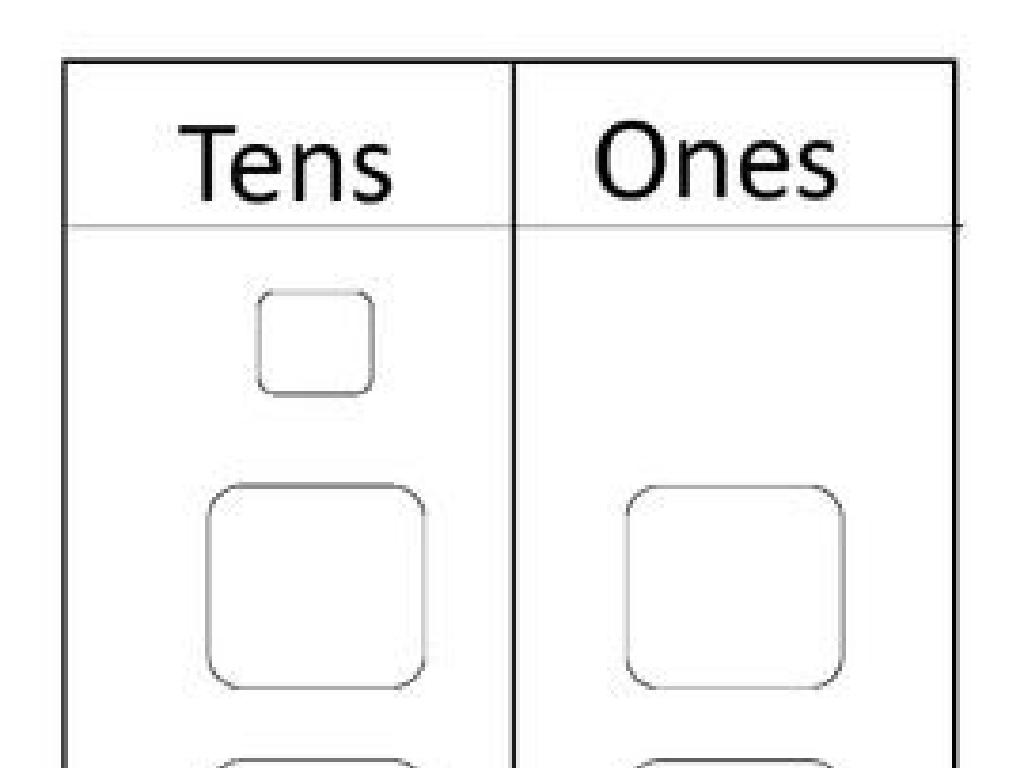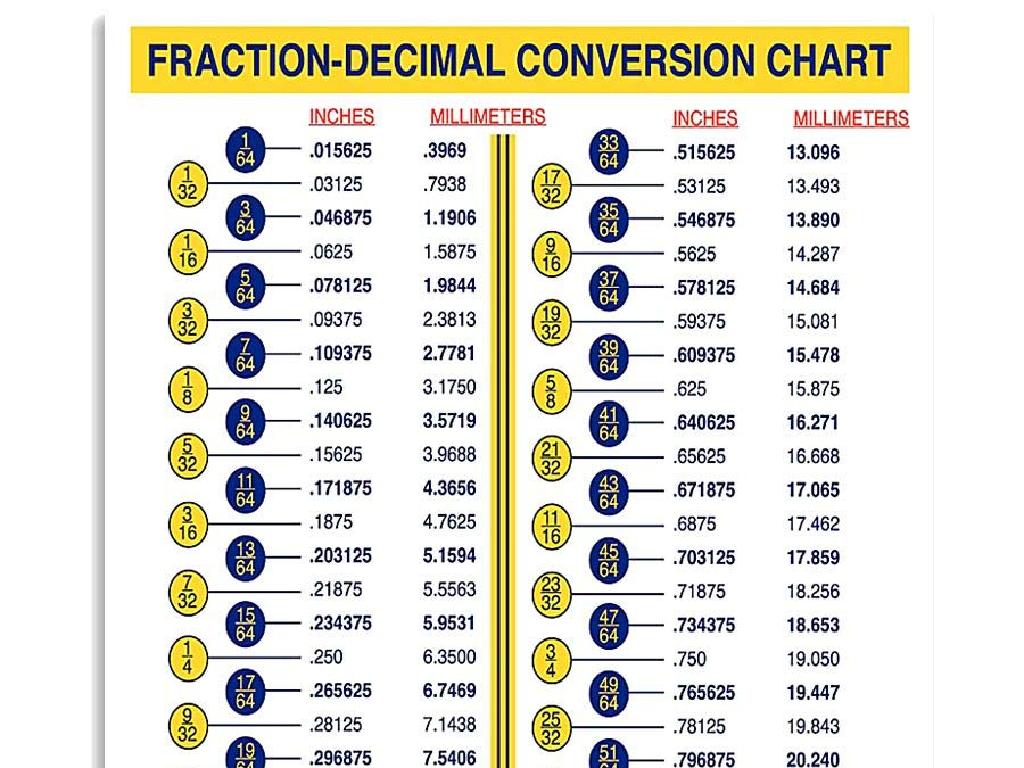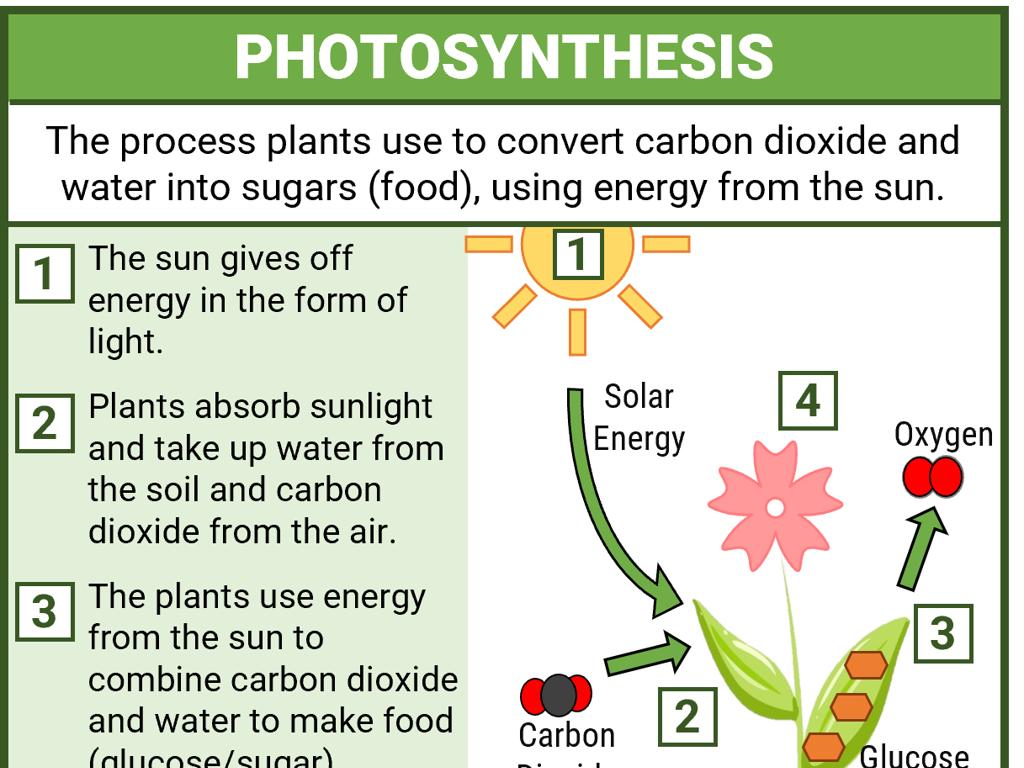Sort By The Number Of Syllables
Subject: Language arts
Grade: Second grade
Topic: Syllables
Please LOG IN to download the presentation. Access is available to registered users only.
View More Content
Welcome to Syllables!
– Today’s focus: Learning syllables
– Syllables improve reading and writing
– What’s a syllable? Let’s find out
– A syllable is a part of a word that has one vowel sound
– Practice makes perfect with syllables
– We’ll clap and count syllables in words together
|
This slide introduces the concept of syllables to second-grade students. Begin by explaining that understanding syllables is a key skill in becoming proficient in reading and writing. Engage the class by asking if anyone knows what a syllable is, allowing for student interaction. Clarify that a syllable is a word part that contains a single vowel sound and can help in breaking down words for easier pronunciation and spelling. Encourage the students to practice by clapping out syllables in different words as a group activity. Provide examples of words with varying syllable counts and have the students clap along to each syllable. This kinesthetic activity will help reinforce their understanding of the concept.
Understanding Syllables
– What’s a syllable?
– A syllable has one vowel sound.
– Syllables in words
– ‘Cat’ has 1, ‘el-e-phant’ has 3 syllables.
– Clapping out syllables
– Clap once for each syllable in a word.
– Practice with examples
– Let’s try with ‘computer’, ‘banana’, ‘happy’.
|
This slide introduces the concept of syllables to second graders. Begin by explaining that a syllable is a word part with just one vowel sound. Use simple examples to illustrate single and multi-syllable words. Engage the class by clapping hands to the rhythm of words to identify the number of syllables. This kinesthetic activity helps students break down words and better understand their structure. For practice, have students pick words from a familiar story or their favorite songs to clap out the syllables. Encourage them to listen for the vowel sounds and notice how each syllable forms a beat.
Counting Syllables
– Clap, tap, or use fingers to count
– One vowel sound equals one syllable
– For example, in ‘computer’, we hear ‘com-pu-ter’ – that’s three syllables!
– Practice with common words
– Words like ‘cat’, ‘dog’, and ‘tree’ are great to start with.
– Listen for the beats in words
– Words have beats just like music; find the rhythm in each word.
|
This slide introduces the concept of counting syllables to second graders. It’s important to make the activity interactive by using clapping, tapping, or finger counting. Explain that syllables are like beats in music and each beat is a vowel sound. Start with simple words and gradually move to more complex ones. During the class, practice with the students by saying words out loud and counting the syllables together. Encourage them to listen carefully for the vowel sounds that make up the beats of the words. This will help them understand the concept of syllables and improve their pronunciation and spelling skills.
Sorting Words by Syllables
– Syllables are word parts
– Each syllable has a vowel sound
– Sort words by syllable count
– Words can have 1, 2, or more syllables
– Practice with example words
– ‘Cat’ has 1, ‘Tiger’ has 2, ‘Elephant’ has 3
– Enhances reading skills
– Recognizing syllables helps us read smoothly
|
This slide introduces the concept of syllables as parts of words and explains the activity of sorting words by the number of syllables they contain. Start by explaining what a syllable is and that each syllable contains a vowel sound. Demonstrate with a few simple words, sorting them into columns based on their syllable count. Emphasize that understanding syllables can help improve reading fluency and comprehension. For the class activity, present words of varying syllable counts and guide the students to sort them correctly. Encourage students to clap out the syllables to help them determine the number of syllables in each word.
Sorting Words by Syllables
– ‘Sun’ has 1 syllable
– ‘Tiger’ has 2 syllables
– Where does ‘Butterfly’ fit?
– Let’s count the syllables in ‘Butterfly’ together.
– Vowel sounds help find syllables
– Each vowel sound usually means one syllable.
|
This slide is aimed at helping second-grade students understand the concept of syllables and how to sort words based on the number of syllables they contain. Start by reviewing what a syllable is and how to identify them by looking for vowel sounds. Use the examples provided to demonstrate counting syllables in simple words. For ‘Butterfly’, guide the students through the process of counting syllables out loud, clapping or tapping for each syllable. Encourage the students to practice with more words and to use their new skills to sort words into groups based on the number of syllables. This will help them with reading fluency and word recognition.
Let’s Sort Together: Syllable Sorting Activity
– It’s your turn to sort syllables
– I’ll give you words to sort
– Words like ‘cat’, ‘elephant’, ‘banana’, etc.
– Sort words on the board with a partner
– Work together to place words in the right syllable group
– See if you can sort them correctly!
|
This slide introduces an interactive class activity where students will practice sorting words by the number of syllables. Provide a list of words with varying syllable counts and have students work in pairs to sort them into groups on the board. This exercise will help reinforce their understanding of syllables and how to count them in words. Possible words for the activity: cat (1 syllable), elephant (3 syllables), banana (3 syllables), happy (2 syllables), butterfly (3 syllables), and apple (2 syllables). Monitor the pairs for correct sorting and assist if they struggle. After the activity, review the sorted lists as a class and discuss any discrepancies.
Class Activity: Syllable Sorting Game
– Sort words into syllable buckets
– Work in groups with word cards
– Fastest correct sort wins a prize!
– Ready, set, sort!
|
This interactive class activity is designed to help second-grade students understand and practice sorting words by the number of syllables. Divide the class into small groups and provide each group with a set of word cards and buckets labeled with numbers representing syllables (e.g., 1, 2, 3, etc.). Instruct the students to work together to sort the words into the correct buckets as quickly as they can. The first group to correctly sort all their words wins a small prize. This game encourages teamwork, quick thinking, and reinforces the concept of syllables in a fun and engaging way. Possible variations of the activity could include having students clap out the syllables, use a timer for added excitement, or challenge students to create their own word cards for additional rounds of the game.
Conclusion: Syllable Sorting Review
– Excellent work on syllable sorting!
– Syllables aid in reading and writing
– Counting syllables in ‘celebration’
– ‘Celebration’ has four syllables: cel-e-bra-tion
– Practice makes perfect
– Keep practicing with different words at home
|
Today’s lesson focused on understanding and sorting syllables, which are the building blocks of words. Reinforce the concept that breaking words into syllables can help with both pronunciation and spelling. Ask the class to count the syllables in ‘celebration’ together to review this concept. Encourage the students to continue practicing by clapping out the syllables in words they encounter at home or in their reading. This will help them become more confident readers and writers. As a follow-up activity, consider sending home a worksheet where students can practice dividing words into syllables or create a game for them to play that involves syllable counting.

